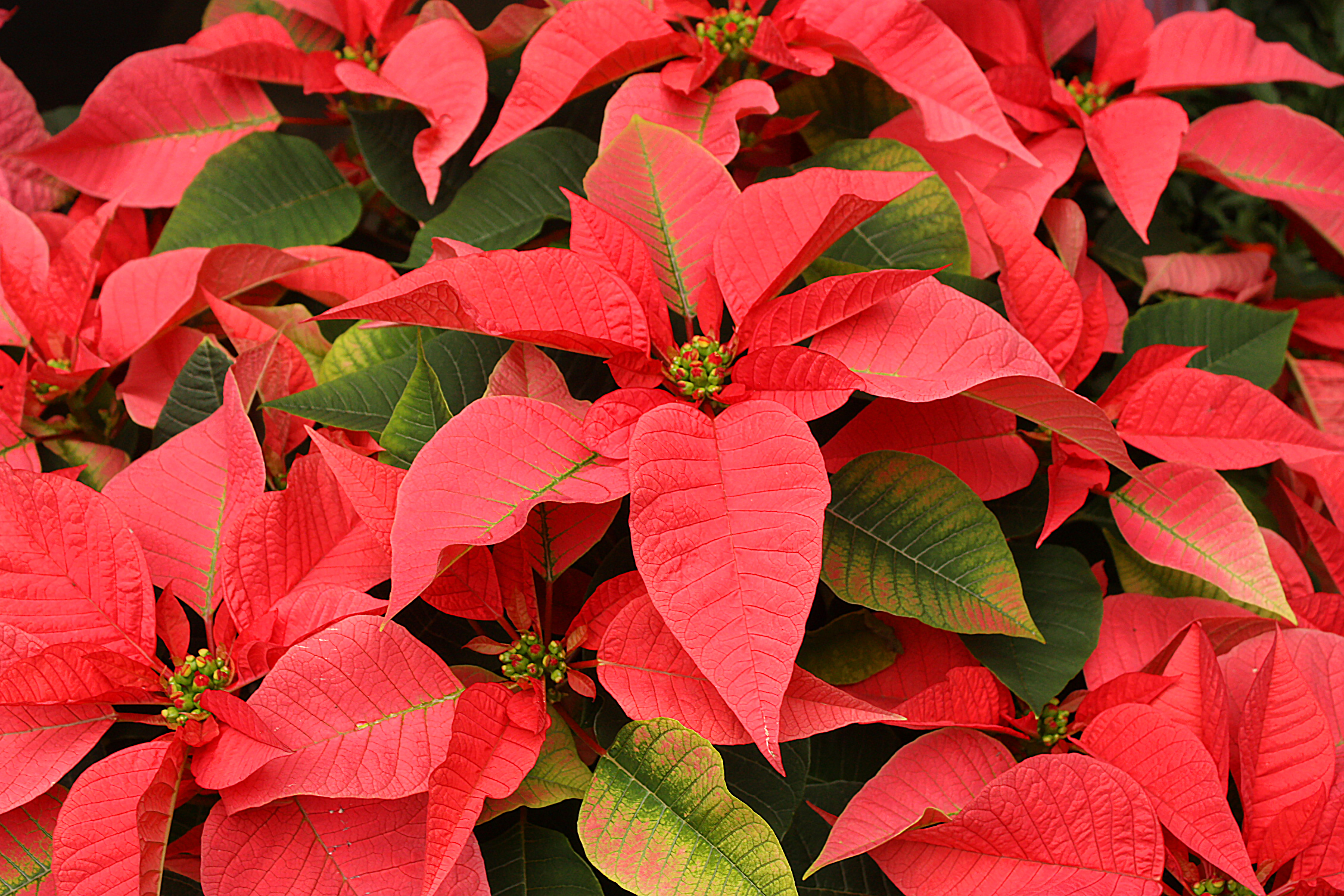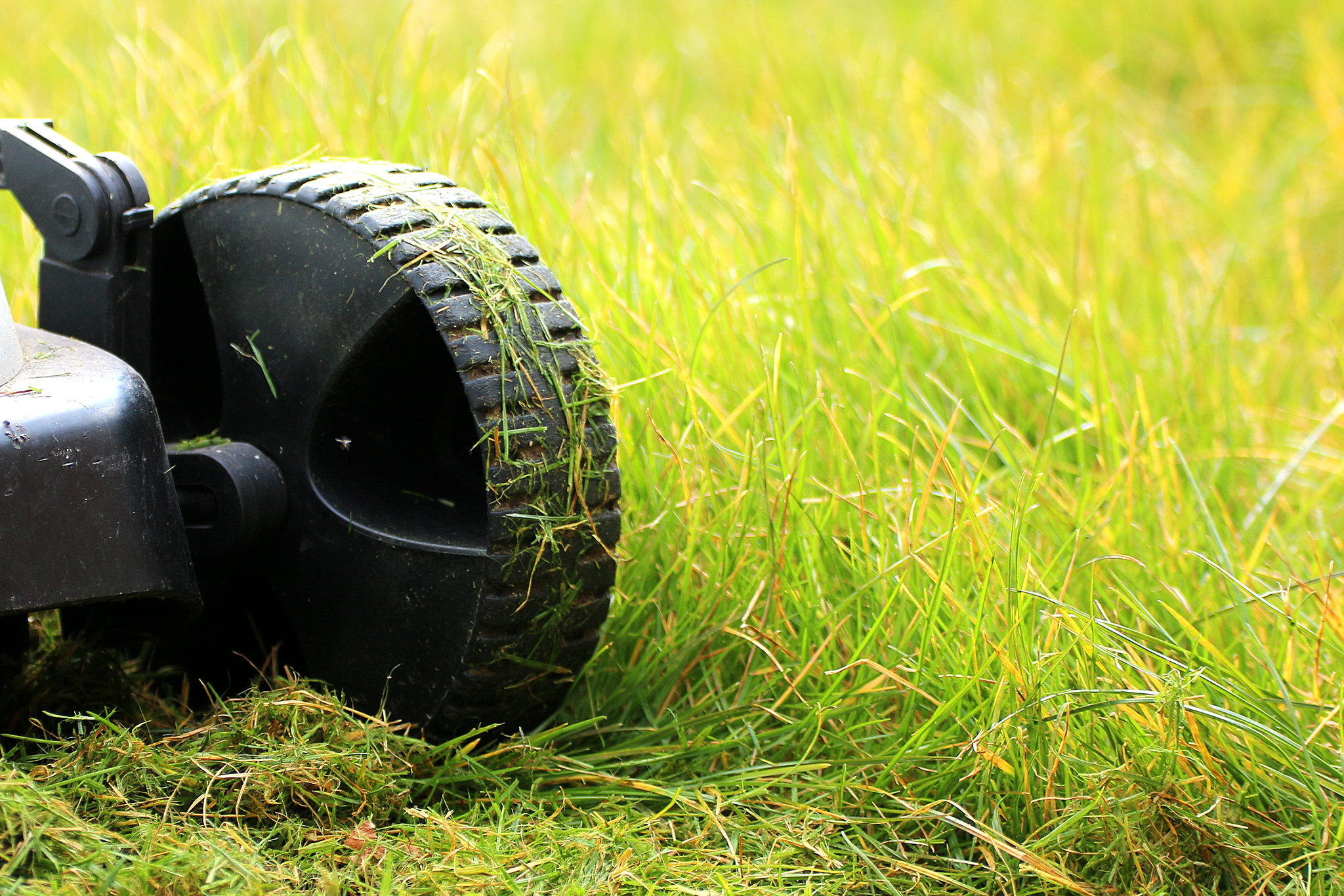Poinsettia is the classic Christmas houseplant. The cheerful red, pink, or white flowers with dark green leaves epitomize the season. This Mexican native is often discarded right after the holidays, but with good care you can keep your poinsettias into next summer.
About Poinsettias
Ubiquitous at Christmas time, poinsettias are popular houseplants. But did you know these fun facts?
- Poinsettias belong to the Euphorbia family of plants, also known as spurges.
- Amateur botanist and ambassador Joel Robert Poinsett brought the poinsettia from Mexico to the U.S. in 1825.
- In their native, tropical environment, poinsettias can grow up to ten feet tall.
- The festive red “flowers” of the poinsettia aren’t actually made of petals. They are bracts, modified leaves. The flowers are the yellow centers.
- Poinsettias are not toxic, but they do produce an irritating sap that can cause a rash or give your pet a tummy ache.
How to Grow and Care for Poinsettias
Start with a sunny spot in your home. Poinsettia houseplants thrive in bright, natural light. The ideal location is also warm but with limited fluctuations in temperature and no drafts or dry air. Avoid temperatures below 50 degrees.
Keep your poinsettia well watered so that the soil is always moist. Never let the soil dry out on these tropical plants. Drainage is important too. Many store-bought plants come wrapped in festive paper. Remove this or cut holes in it so the soil can drain. Poinsettias do not need fertilizer in winter.
Keep a Poinsettia Year-Round in Ohio
Instead of tossing it in January, you can keep your poinsettia year round here in Bedford. With the right care you may get new blooms next year. Here’s how to keep it happy:
- Fertile in January as soon as you see new growth. Keep watering and providing light until the blooms are spent.
- Later in winter you can cut the poinsettia back to about five inches.
- Remove any dead or faded leaves.
- In spring, trim side branches to keep the plant bushier in shape.
- Move your poinsettia outside for summer. Give it indirect light initially and transition it to a sunny spot by mid-summer.
- Fertilize regularly throughout summer.
- Bring the plant back indoors in early September and cut back on fertilizer.
- Toward the end of September start placing the poinsettia in a dark location for 16 hours a day. There should be no light exposure at all. This is what will help it rebloom. For the other eight hours of the day, keep it in bright light.
- By Thanksgiving you can stop the dark treatment. Provide six hours of good window light per day.
As you get to know this classic holiday flower a little better, explore new colors and forms. Your local store may have limited types but online you can find blush, variegated, green, and even yellow poinsettias. Treat them with care and enjoy poinsettias all year long.






